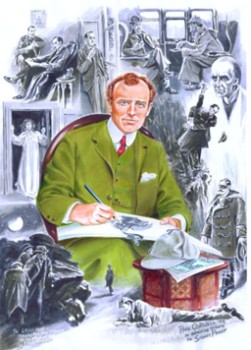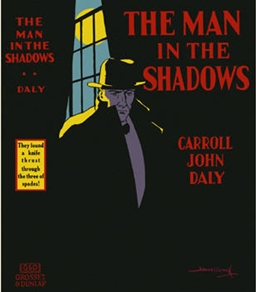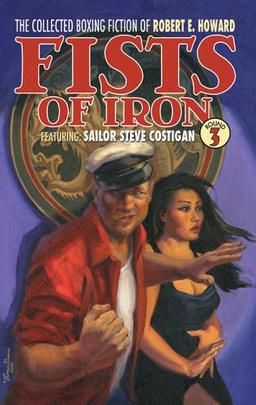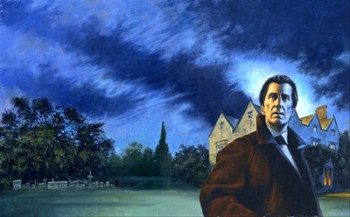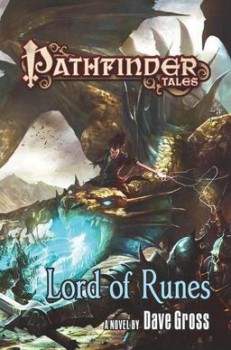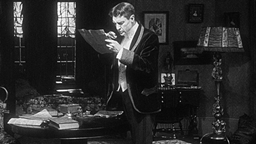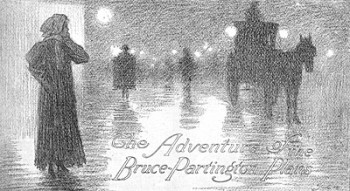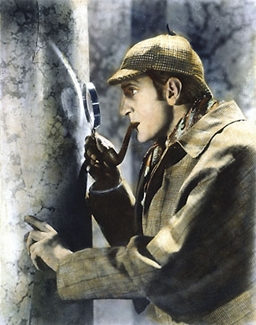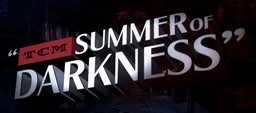Discovering Robert E. Howard: Damon Sasser on 2015 Howard Days
 I’m not sure there’s quite anything like Howard Days, held each summer in Cross, Plains, TX. It’s a weekend celebration of all things Robert E. Howard and it’s helped to keep Howard’s legacy alive. Though I lived in Austin, TX for a few years, I never made it to Howard Days. So, I turned to the best fan journal (newsletter/fanzine…) I’ve ever come across, REH: Two-Gun Racounteur.
I’m not sure there’s quite anything like Howard Days, held each summer in Cross, Plains, TX. It’s a weekend celebration of all things Robert E. Howard and it’s helped to keep Howard’s legacy alive. Though I lived in Austin, TX for a few years, I never made it to Howard Days. So, I turned to the best fan journal (newsletter/fanzine…) I’ve ever come across, REH: Two-Gun Racounteur.
And founder Damon Sasser (2014’s Featured Guest) was kind enough to write a post about the 2015 Howard Days, which also featured a healthy (or perhaps, unhealthy) dose of H.P. Lovecraft as well. Thanks, Damon!
This past month on June 12th and 13th the annual Howard Days celebrating and remembering Robert E. Howard was held in Cross Plains, Texas. Even though it is a two day event, fans start drifting into town early in the week, with Thursday afternoon being sort of a soft kick-off for the weekend. The Howard House Museum was unofficially open allowing fans to wander through it and visit the gift shop.
